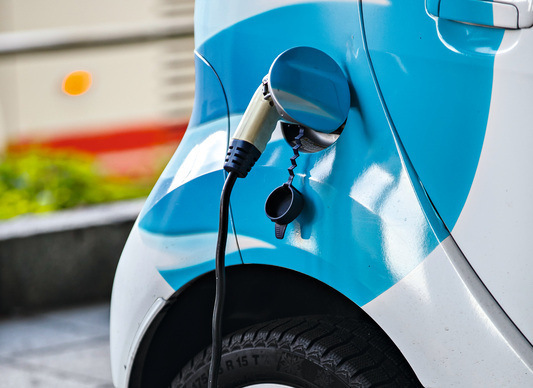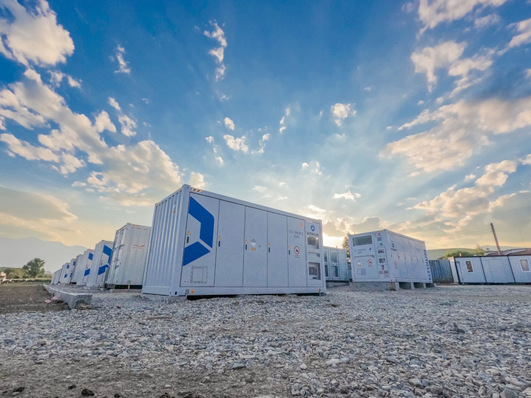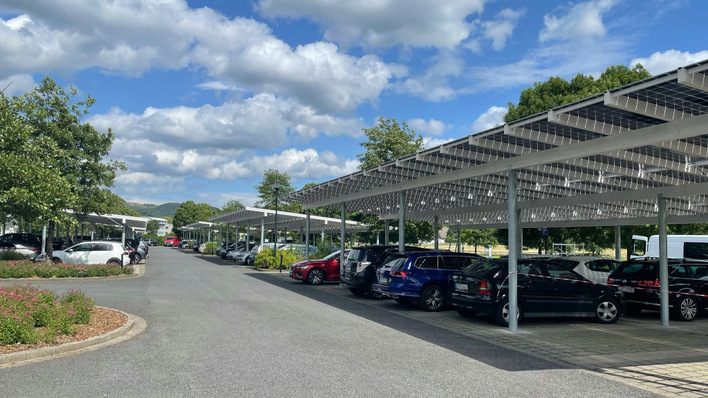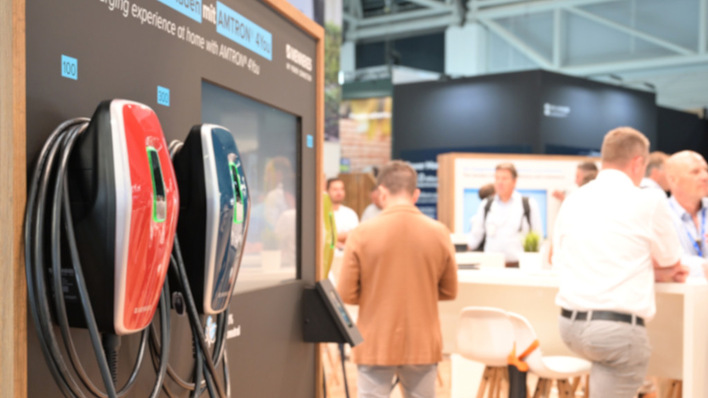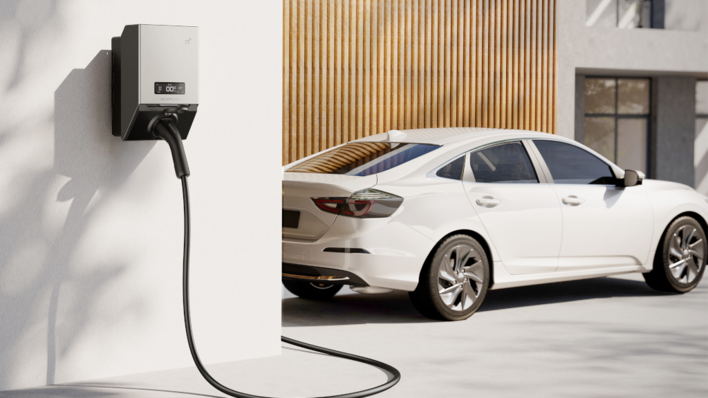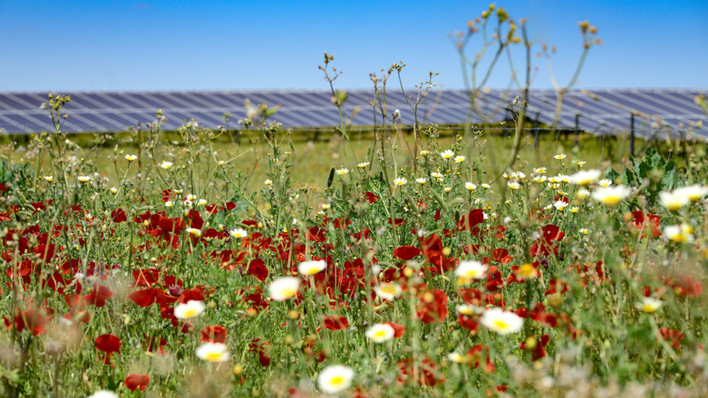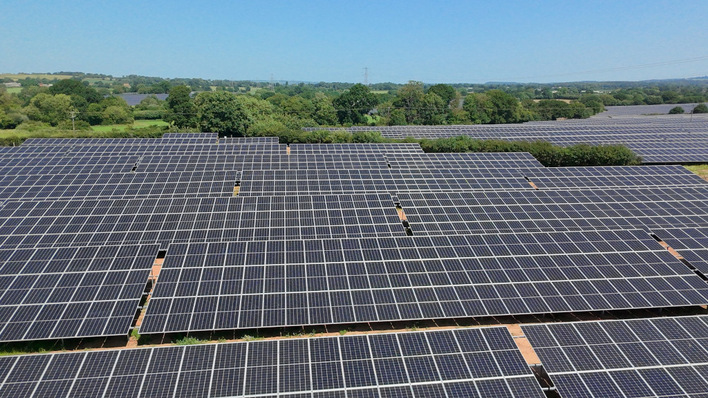Time of use tariffs – where the price per kilowatt hour changes through the day to reflect demand levels, grid constraints and levels of renewable generation – have the potential to reduce the costs of transport decarbonisation across the industry. They provide consumers with the opportunity to shift charging to a lower priced, off-peak window, giving them the chance to make large savings compared to charging on a standard flat-rate tariff.
On top of the quarter of EV drivers on time of use tariffs, a further 18% of EV drivers have smart meters installed (giving them access to time of use pricing) but are yet to take advantage of these tariffs. The remaining drivers are yet to have smart meters installed or have smart meters that are no longer operating in smart mode, so are currently locked out of time of use tariffs.
EV tariffs not keeping pace with EV sales
The electric vehicle transition is progressing faster than people are switching to EV tariffs. According to the latest Department for Transport data, 34,211 private BEVs were registered in 2020, compared to 19,610 the previous year. In the first three quarters of 2021 for which data is available, sales had already passed 50,000 vehicles.
See also: Siemens presents simple EV charging concept
Tariff development over the same period has been comparatively limited. Until the end of 2020, fewer than five suppliers in the market were offering time of use tariffs for EV drivers. While offerings increased through 2021, the seven new tariffs released that year came only months ahead of the dramatic increase in gas prices that saw fixed deals become more expensive than capped default rates.
The high prices and volatility seen in the wholesale markets will continue to limit take up of EV tariffs, with capped default tariffs currently the cheapest option for households. Currently more than half of the time of use EV tariffs launched ahead of the recent wholesale volatility were not available for online switches, and high prices and volatility are expected to continue into 2023.
Plug-in vehicle uptake versus more complex tariff market
Oliver Archer, Lead Analyst at Cornwall Insight said: “The EV rollout is making great progress. Costs are coming down, model choice is going up, and customers are responding by buying more and more plug-in vehicles every year. Unfortunately, the tariff market is not keeping up with the high EV take up, with the ongoing gas price crisis limiting switching options for customers. The wave of supplier exits in recent years, with more than half of domestic suppliers leaving the market in 2021 alone, has also resulted in fewer than expected EV tariff launches.
Also interesting: Energie Steiermark deploys charging technology from Ads-Tec Energy
There are a number of other blocks for EV drivers when looking to switch to time of use tariffs. Consumers face complexity barriers to comparison and switching compared to standard flat-rate tariffs, routes to market for EV tariffs are less developed, and some suppliers will be managing growth as they develop capabilities in new tariff designs, for example by only offering tariffs to existing customers. In the longer-term, the success or otherwise of the smart meter rollout will also be a key limiting factor.” (mfo)


